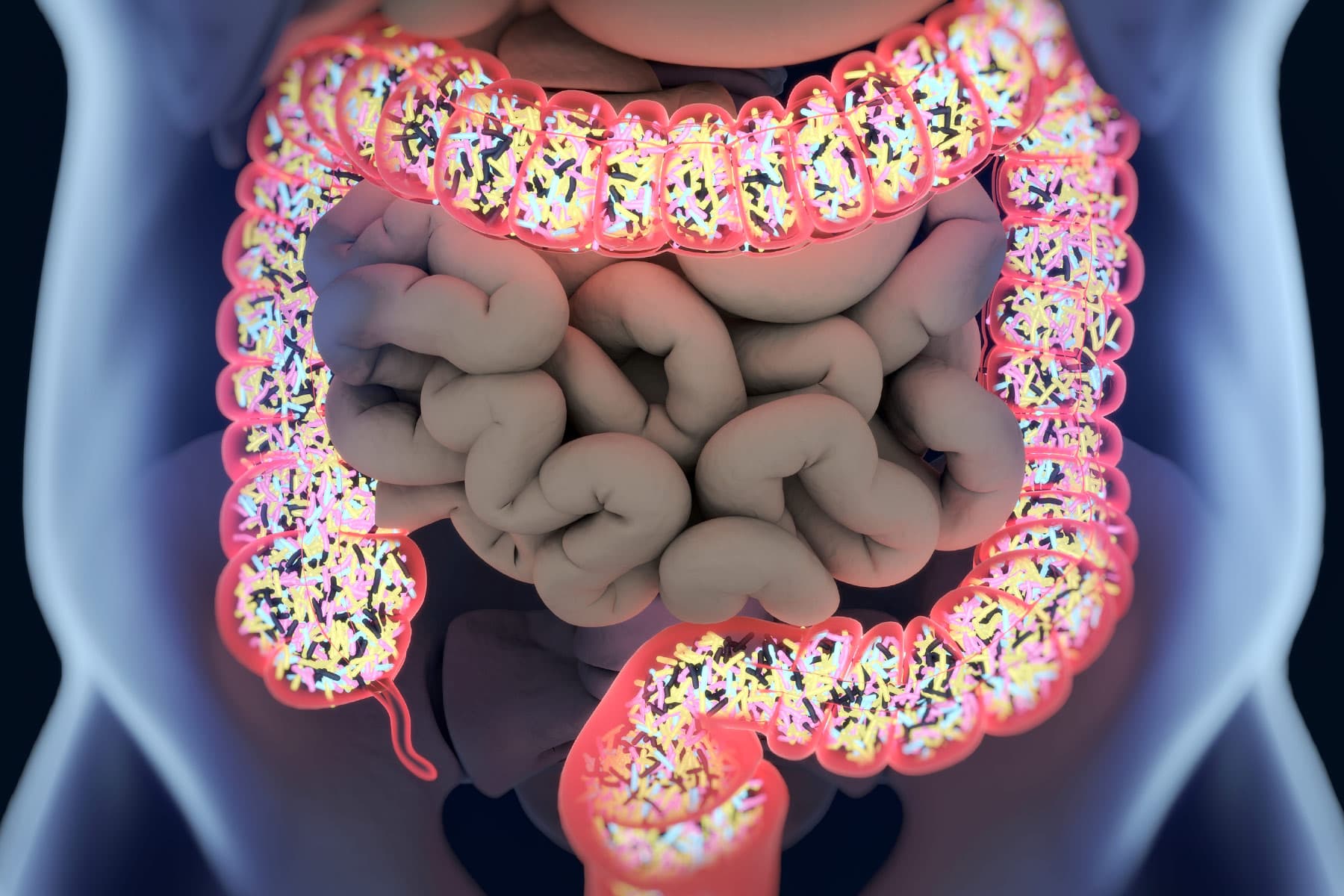The Facts Behind the Crime ‘Surge’
Prominent criminologists argue the “crime is up” narrative is simplistic, and a misrepresentation of what’s really happening in cities around the country.

Cable newscasters, criminologists, and city officials have repeatedly warned Americans of rising crime nationwide. But the “crime is up” narrative doesn’t tell the full story, experts say.
Statistics tell a more complicated narrative than headlines, argues Christopher R. Herrmann, a former NYPD senior crime analyst and now professor at John Jay College of Criminal Justice.
“The broad narrative that ‘crime is up’ is simply incorrect,” Herrmann told Insider.
“Some crimes, mostly shootings and homicides, are up in many cities, but again, this is a very small percentage of violent crime and even smaller part of total crime.”
Herrmann said in New York City and Chicago, shootings and homicides have made up 2.5 percent and 10.7 percent of total crimes this year, respectively.
But he acknowledged that nearly every city saw an uptick in homicides and shootings in the first quarter of 2021, a time when various cities typically see rises, drops and steady rates of crime.
Richard Rosenfeld, a criminologist and University of Missouri–St. Louis professor, said he believes the uptick is connected to George Floyd’s police killing and widespread distrust of the police.
Rosenfeld suggested that police frustrated with rising animosity might be pulling back, or that communities distrustful of police are taking vigilante justice into their own hands.
Some criminologists believe the national uprising over police killings of Black people made residents of high-crime areas less likely to assist police investigations, worsening a longstanding problem and emboldening violent criminals, reports Reuters.
Rosenfeld offered a nuanced explanation of crime statistics: while homicides and shootings have been rising, property crimes and burglaries are down or steady in many cities. While homicides increased on average 30 percent or more during the summer of 2020, Rosenfeld predicts they will eventually decline to pre-2020 rates.
“What we’ve been seeing is just across the board increases, both last summer and through the first quarter of this year,” he told Insider. “And we’re going to continue to see — roughly speaking — across the board increases [in homicides] through the first half of this year, but with a larger number of cities not showing big increases or indeed actually showing declines over last year.”
Crime is also connected to economic crises, and the pandemic’s economic consequences — unemployment, housing insecurity, food shortages — may have contributed to rising crime. In Rochester, N.Y., where murder rates have reached a record high, residents also say the surge reflects rising problems with drug trafficking, criminal gangs and illegal firearms during the pandemic.
The rise though, remains significantly lower than crime’s historical peak in the 1980s and early 1990s, reports Reuters. Herrmann and Rosenfeld agree that crime will likely decline as the year continues. Rosenfeld said it’s unlikely homicide and shooting rates continue at last summer’s scale, unless an event like Floyd’s murder spurs another protest movement.
With much of 2021 still to go, Herrmann said it’s too early to determine or predict trends.
“We’ll have a horrible summer of shootings and homicides, and there’s another month and a half of that, And then we’ll start to see things settle down,” he said. “We’ll really have to wait until first quarter of 2022 to see what the trend is going to be.”
This summary was prepared by TCR Justice Reporting intern Eva Herscowitz.

 Landwebs
Landwebs 























